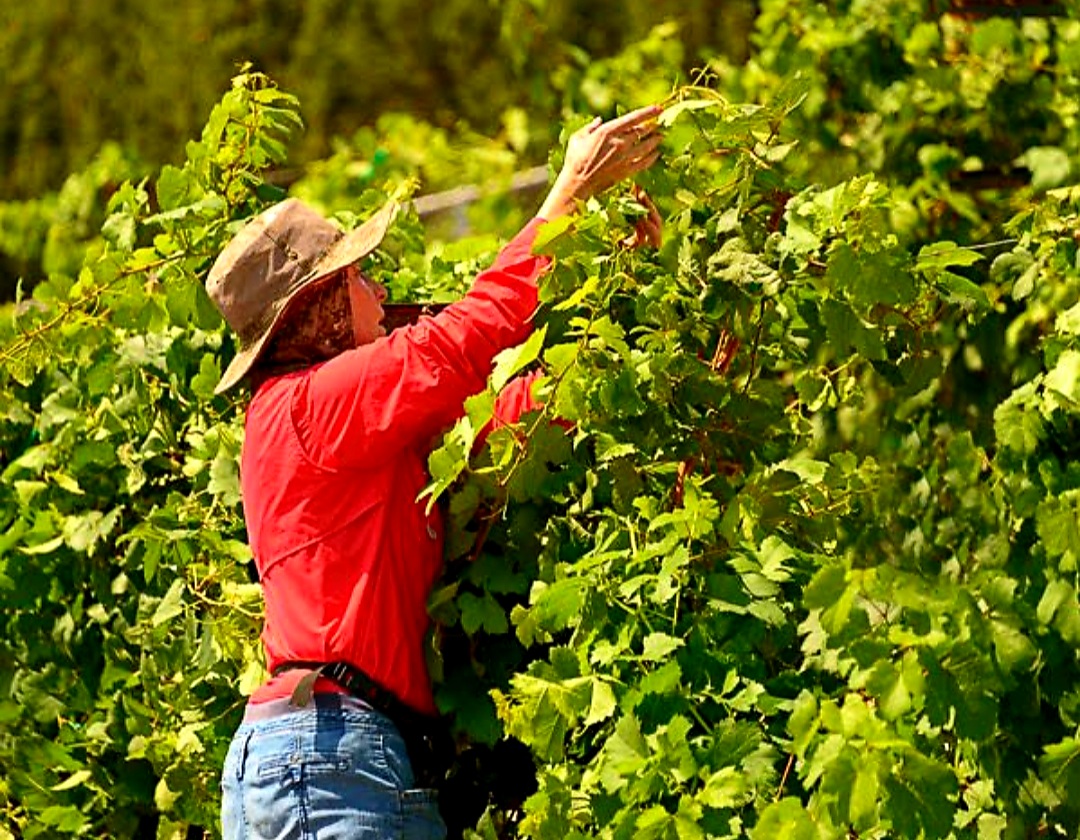Located in Yavapai County in central Arizona, about 100 miles north of the Phoenix metropolitan area, the Verde Valley American Viticultural Area (AVA) is one of the most fascinating US wine regions. The AVA takes its name from the river that flows through the center of the Valley from northwest to southeast. The AVA is surrounded on all sides by higher elevations and steeper slopes. The higher altitudes and steep slopes of these mountains mean that fresh air flows into the Verde Valley, providing a prime environment for growing grapes.
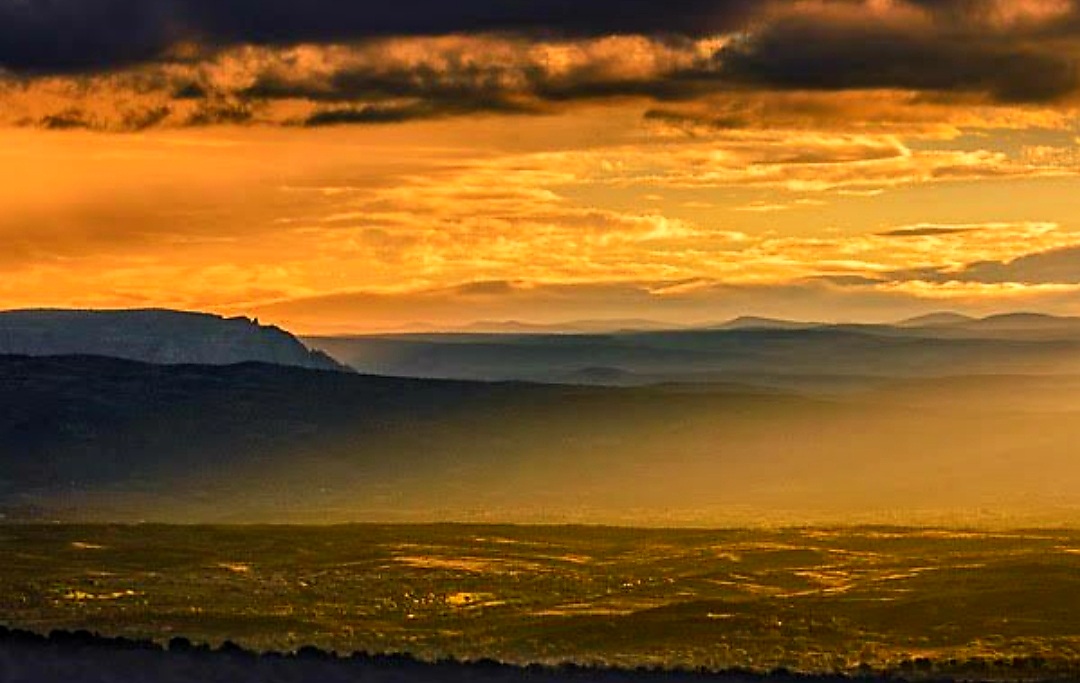
Verde Valley AVA- Kendra Riley Copyright
Valle Verde is an artistic destination known by artists and collectors from around the world. A point of reference for lovers of hiking, fishing, bird watching, camping and for art and history enthusiasts given the interesting selection of national monuments, museums, state parks and Native American historic sites.
More than 40 grape varieties are grown in the Valle Verde AVA, including the white grape varieties Malvasia Bianca, Viognier, Chardonnay, Vermentino, Seyval Blanc and Picpoul Blanc. Red grape varieties include Syrah, Petit Sirah, Cabernet Sauvignon, Sangiovese, Tannat and Barbera.
Arizona was both the first and last state in the union to exploit its terroir to produce wine. There are reports of European vines established in southern Arizona as early as the mid-16th century, when Spanish explorers recognized similarities to their native soils in Spain, which would make these the first wine grapes planted in the United States.
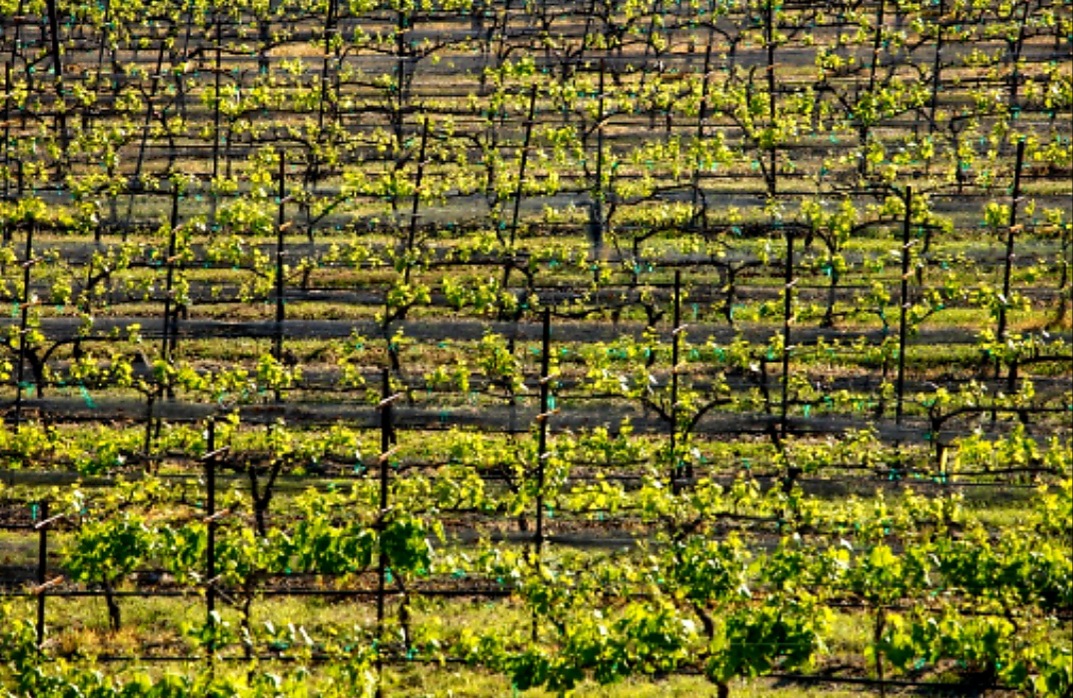
Verde Valley AVA- Kendra Riley Copyright
Between 1629 and 1691 new missions were founded, each establishing their own vineyards. Special success was achieved in southern Arizona north of Nogales, in what is now Santa Cruz County.
Grapes flourished, and when permanent settlements independent of the missions were established, such as Tubac in 1752, classic Spanish grape varieties such as Tempranillo were established.
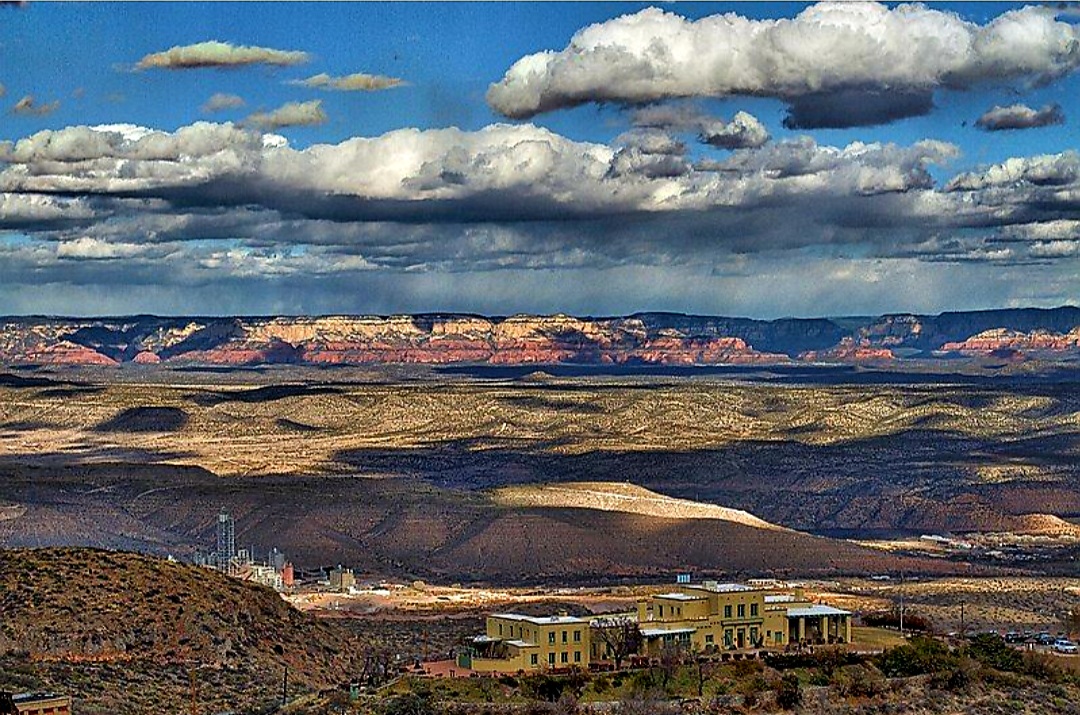
Verde Valley AVA- Kendra Riley Copyright
The first wine grapes were planted in California only in 1779 at Mission San Diego Alcalá. At the time, Arizona had a 200-year head start, and the number of wine grapes grown in Arizona and New Mexico far exceeded production in California well into the 20th century. An advantage that increased dramatically when mining became a driving economic force in Arizona, attracting many wine-drinking European miners. Arizona became the 48th and last of the contiguous states in 1912. In 1914 a small group of prohibitionists in Phoenix introduced a bill through the state legislature to stop the production and consumption of wine. Total prohibition arrived in Arizona on January 1, 1915, five years before federal prohibition went into effect. Under the federal ban, many vineyards, especially in California, remained dormant because it allowed winemaking for medicinal and sacramental purposes and for personal consumption. Arizona didn’t have the same luck. All production, sale, ownership, possession and consumption were prohibited – even medicinal, scientific and sacramental uses were prohibited. When it looked like the Catholic Church was about to take the case all the way to the Supreme Court, the state met with the bishop in Phoenix and an agreement was reached that no priest would use even a small amount of wine during mass. When federal law was revoked in 1933 and future control of alcoholic beverages was turned over to the states, no one thought of restoring wine production in Arizona.
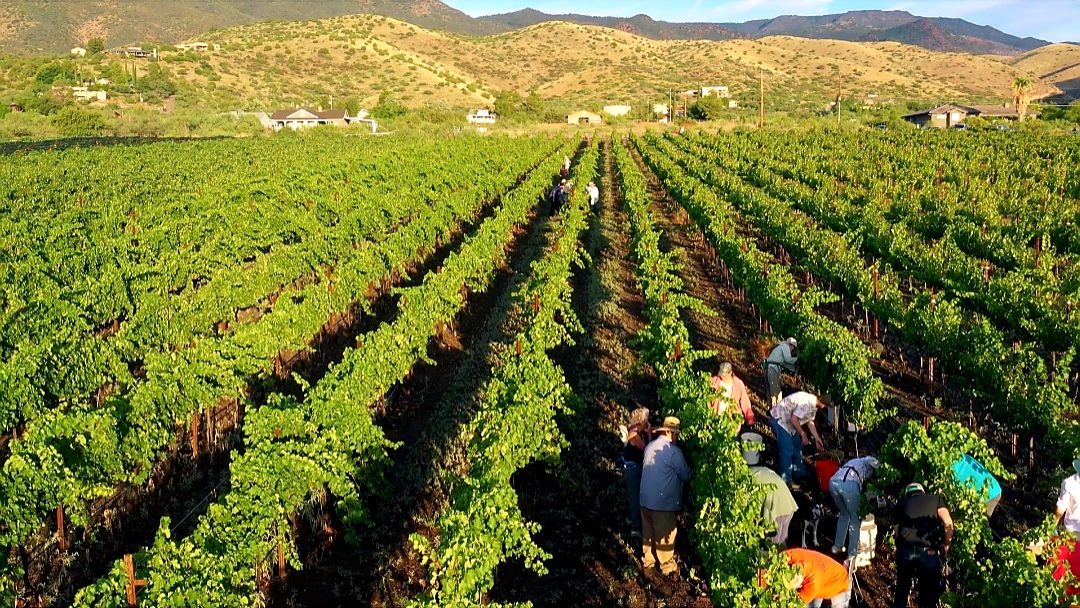
Verde Valley AVA- Kendra Riley Copyright -Michael Pierce
After forty years, in 1970, Professor Gordon Dutt arrived at the University of Arizona College of Agriculture from his previous position at the University of California, Davis, known as the best divine school in California. He was not a winemaker. He was a soil scientist, specializing in hydrology, who had conducted numerous soil studies for vineyards in California. When he began working in Arizona, he quickly concluded that Arizona soils might be suitable for growing wine grapes. Knowing nothing about the history of the wine industry here, he decided to see if he was right, placing several wine grape test plots around the state to study. Based on the apparent success of these sample plots, he approached Governor Raúl Castro, explaining that he believed the state was missing a major opportunity. The Governor was willing but needed more data.
In 1976, Castro helped develop a $95,000 grant to conduct a comprehensive statewide study and linked it to New Mexico, Colorado and Utah, making it a “four-corners” study with shared data.
In 1979, when the vines began to produce fruit, Dr. Dutt contacted an oenologist (oenologist) friend from UC Davis to come to Tucson to make a few test batches of wine from the young grapes. The lots were considered quite good. With test results in hand, Dutt returned to the governor, who agreed to proceed with the return of winemaking to Arizona.
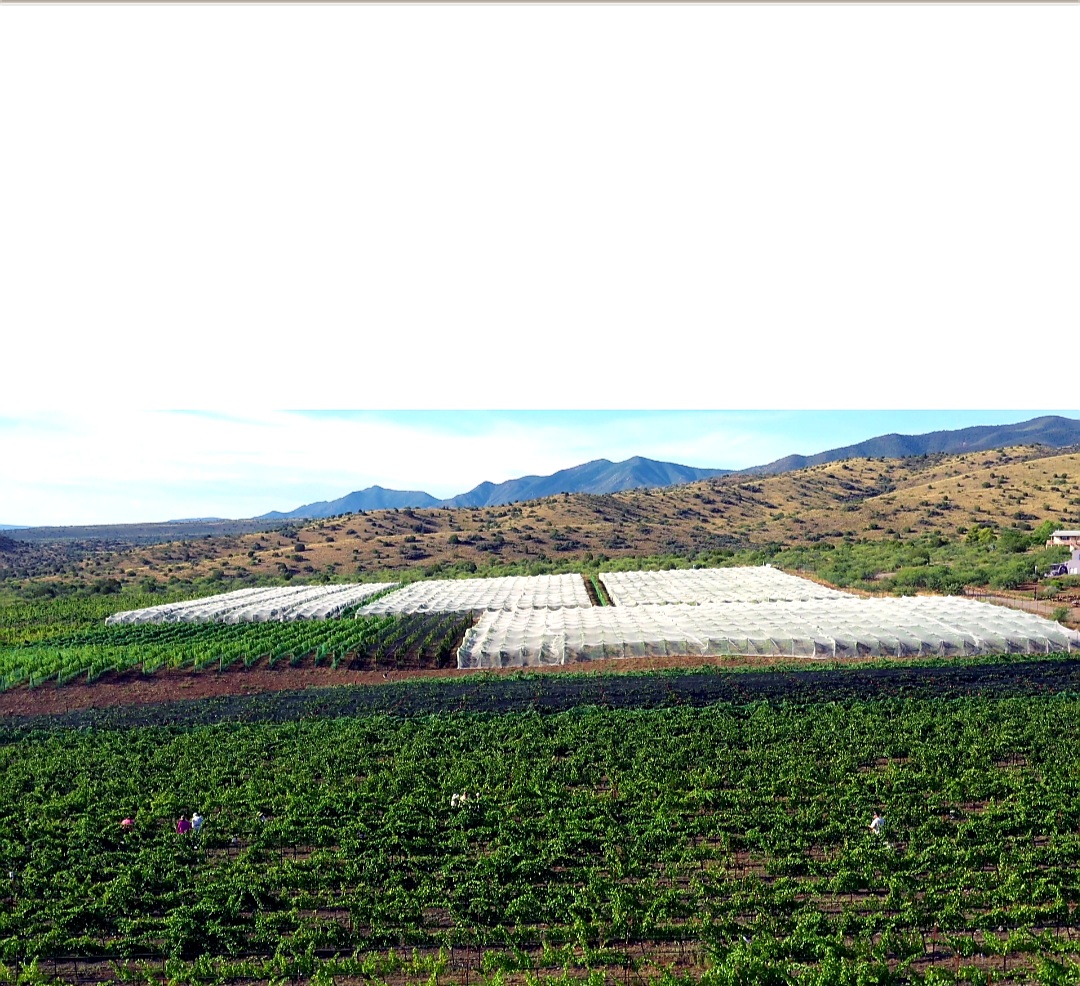
Verde Valley AVA- Kendra Riley Copyright -Michael Pierce
The first license was issued in 1982 to R.W. Webb, who had assisted in the study at the U of A. It began its operations in Vail, near Tucson. He quickly decided that it was too hot on the desert floor and started the first large vineyard in Arizona, in the foothills of the Chiricahua Mountains, near Willcox, Cochise County. The second license went to Bill Staltarni, a small producer in Yavapai County, and Gordon Dutt founded Sonoita Vineyards under license no. 3 in an attempt to prove that high-quality wine could be produced in Arizona. His 1986 Reserve Cabernet Sauvignon was the first Arizona wine served at the White House and for Bush’s inauguration in 1989.
However, the legal restrictions were so severe that in 2000 only nine licenses in total had been issued. On June 23, 2006, Governor Napolitano signed SB1276, finally making the wine industry legal in Arizona. Currently, the number of licensed and bonded wineries in Arizona is approaching 100, reflecting a large investment in Arizona’s future.
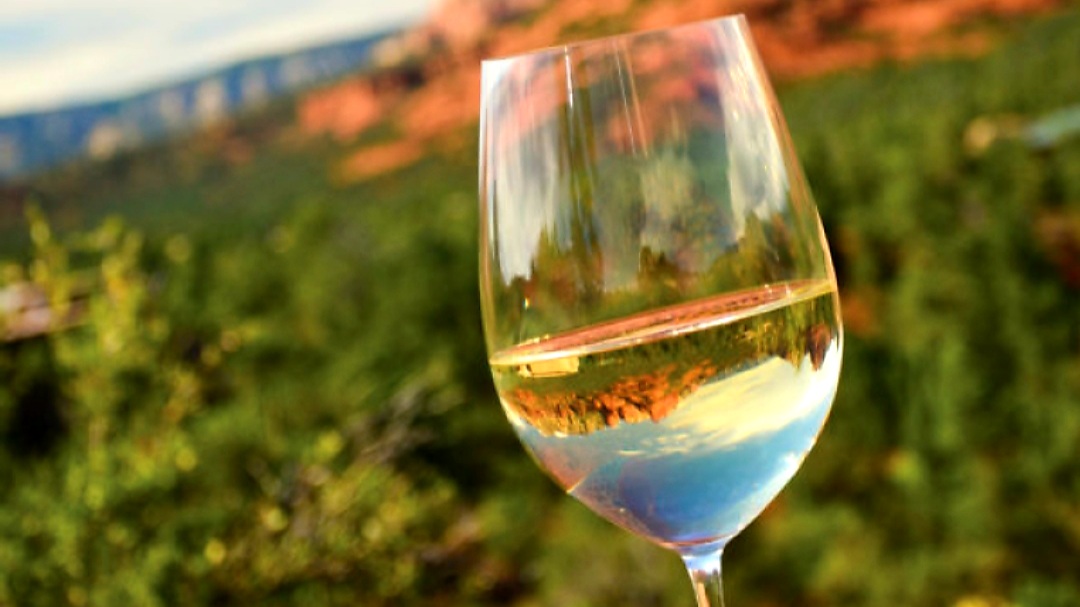
Verde Valley AVA- kendra Riley Copyright-Tom Schumacher Wine Glass Red Rocks
New vineyards are constantly being planted in Arizona, while many older estates are refined and expanded. The wine industry in Arizona has had a tremendous advantage in establishing its own local customer base as the state attracts numerous international tourists. The AVA, however, encompasses a much smaller area and excludes much of the public land not available for viticulture.
AVA currently has 19 commercial vineyards, with approximately 136 acres under vines. Several existing vineyards plan to expand to a total of approximately 24 acres in the near future. Additionally, there are 11 wineries located within the AVA and 25 tasting rooms.
The Wolf Post offers a professional service with free access, without subscription.
For this reason, a donation would also be a sign of appreciation for our work.


